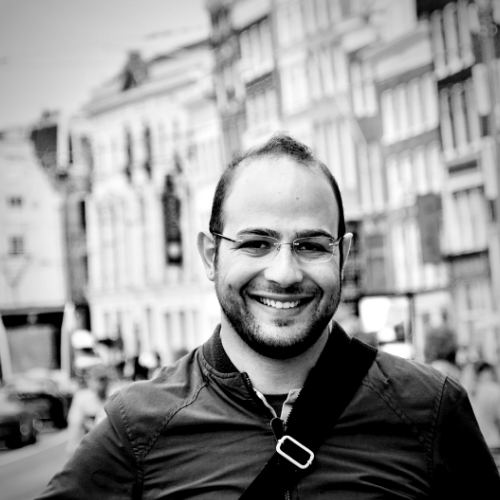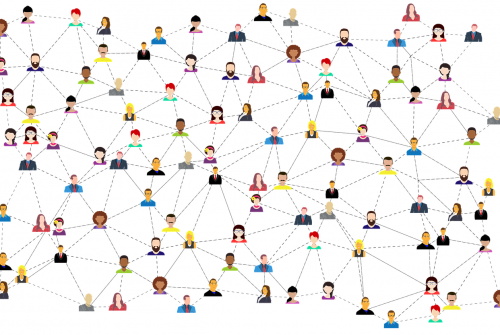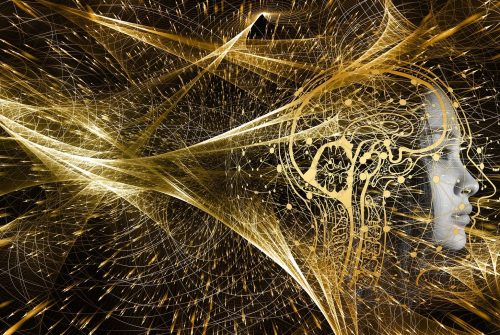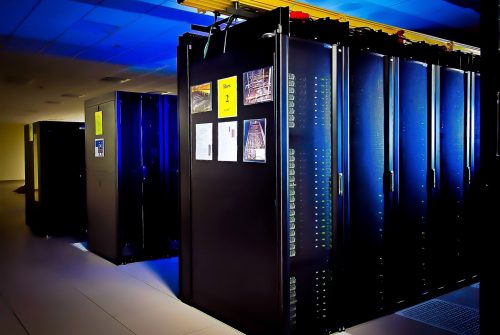Claire, the European future of artificial intelligence
14 March 2019 | Written by Gaetano Fabiano
A unified community of researchers that puts human values first
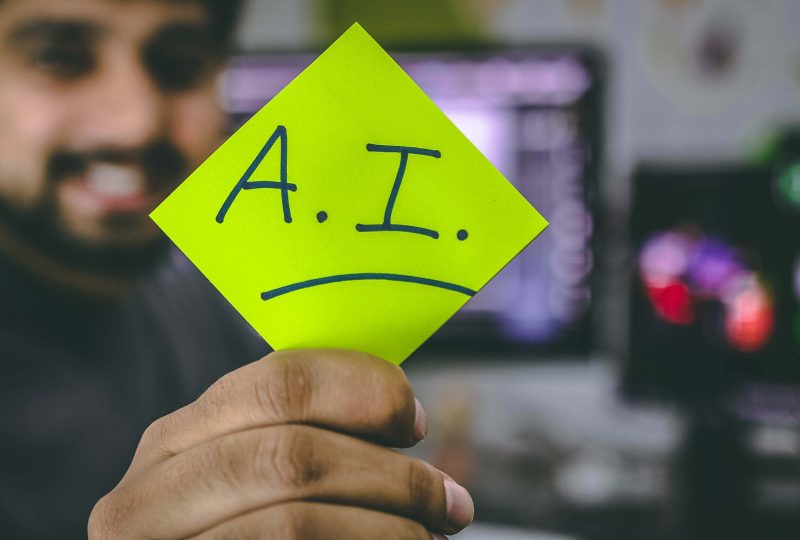
It will represent for artificial intelligence what CERN in Geneva represents for nuclear physics. It has the name of a woman and is backed by 2750 experts and its task is to keep Europe in the wake of innovation that today is driven by China and the United States, but not only. We are talking about the Confederation of Laboratories for Artificial Intelligence Research in Europe, Claire, which we presented in an article a few weeks ago.
During the symposium on 27 February, the National Research Council revealed Italy’s desire to propose, with a southern city of Magna Grecia, to host the Claire hub, thus rediscovering a centre of innovation in the middle of the Mediterranean. It is still too early to make predictions about the locality, but Italy has an important representation on the list of supporters demonstrating the strong competence and interest in the matter.
Boi Faltings, professor of artificial intelligence at the École Polytechnique Fédérale de Lausanne, states: “Artificial intelligence will have an enormous influence on our society and development is currently driven by commercial and military objectives”.
The objective is, therefore, to create a network of centres of excellence located throughout Europe to avoid innovation supremacy from those who could put their interests before ethical values.
Claire presents itself as a necessary ecosystem that places man at the forefront on the ethical and social issues that these new technologies entail: Human-centered AI, therefore, in a multicultural and multi-stakeholder environment.
Claire embraces the European scientific vocation. Claire is an international and multidisciplinary structure to facilitate scientific collaboration and to provide specialized researchers with the most advanced instrumentation. Furthermore, the laboratory will have the task of devising, planning and carrying out research projects in collaboration with universities, companies and institutions at national and international level, thus promoting joint initiatives.
“What has emerged so important from the Claire symposium at CNR – explains Cristina Pozzi, CEO and Co-founder of Impactscool who participated in the meeting – is this desire to bring together efforts and energy, creating a collaboration that goes beyond the UE policy, as shown by the involvement of the United Kingdom despite the complex situation of Brexit. I hope that Claire can contribute to technological development, but also to the definition of ethical and moral principles and to the updating of the regulatory framework “.
It represents one of those nodes of the knowledge network that Europe weaves thinking of the good of individuals and society, supporting and promoting exclusively pacific purposes, the cooperation between European states in research and innovation. Claire for artificial intelligence, CERN for nuclear physics, Laserlab-Europe for the European network of laser laboratories or even the European Space Agency, are examples of how one can work in the collaborative vocation by encouraging participation in laboratories, structures and institutes located throughout the European territory.
By jointly cooperating, as Europe proposes, we can push ourselves towards ambitious horizons such as, for example, the Human Brain Project which, under the same HUMAN-AI banner as Claire, represents one of the most extraordinary challenges of modern science, a multidisciplinary project which aims to achieve a simulation of the complete functioning of the human brain by 2023.
Why is Claire born today? The debate seems to have been enlivened in recent years, to the point of bringing an impressive scientific community to respond with an important initiative like Claire.
Artificial intelligence, however, has been a topic of discussion for several decades: in fact, in 1950, an article entitled “Computing machinery and intelligence” in which Alan Turing proposed the question “Can machines think?”
So why did we start talking about it so much today?
Many AI techniques are based on data: in order to be well trained, verified or tested, they require large amounts of information, increasingly generated by users.
Only some large companies can have data that is useful for improving the development of their artificial intelligence. Think, for example, of facial recognition: who has photos for over a billion useful faces for automatic training?
The availability of large quantities of data, Big Data, generated by users is the real breaking point between the possibilities of academic research and those of industrial research, which is why today companies are able to make certain technologies evolve rapidly compared to research institutions, and it is for these reasons that a rebalancing is so important.
However, artificial intelligence is not, and cannot become, just what companies manage to package. Claire aims for a necessary ethical balance on artificial intelligence by bringing together brilliant minds and finalizing research for peace and well-being for humanity, just like CERN in Geneva.
